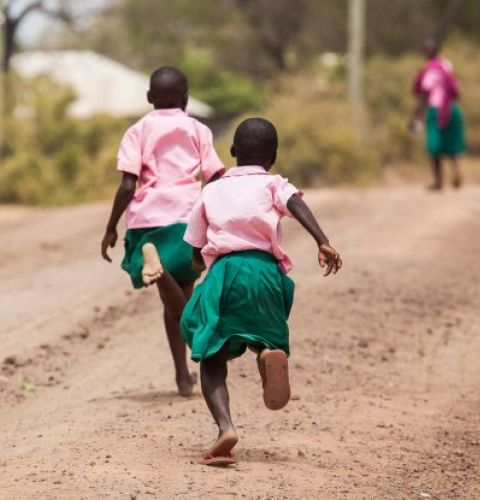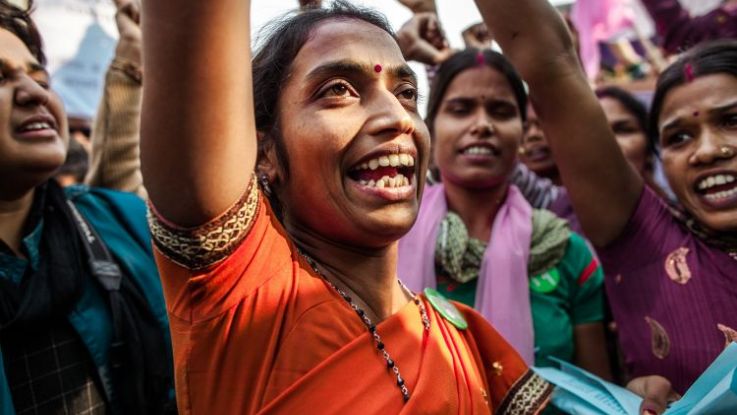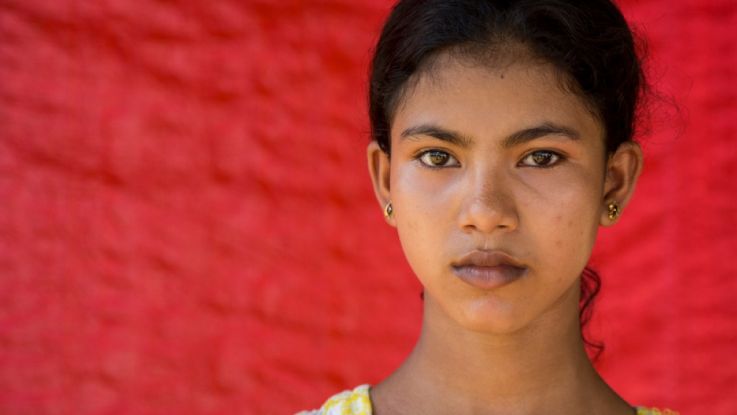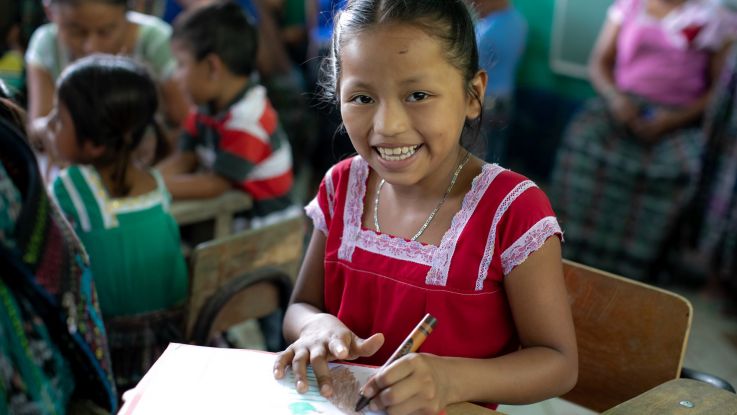Sexual harassment
The consequences of sexual harassment
Sexual harassment can cause women and girls to feel unsafe in their own neighbourhoods. This can mean sacrificing educational and work opportunities, as well as leisure and community activities, including participating in decision-making about their environments.4
Women may also change the way they dress, the way they behave and the routes they take on a daily basis.
For instance in São Paulo, where a woman is assaulted in a public space on average every 15 seconds, 97% of women reported always or sometimes changing their route to avoid harassment and violence.4
In spite of this, more than two thirds of women (68%) who have been sexually harassed globally have not officially reported it to the police.5
50% of those said they felt reporting it would be 'pointless', 29% cited feeling ashamed or guilty, 28% worried about retaliation from the person who harassed them, and 28% thought the legal system would not be understanding enough.
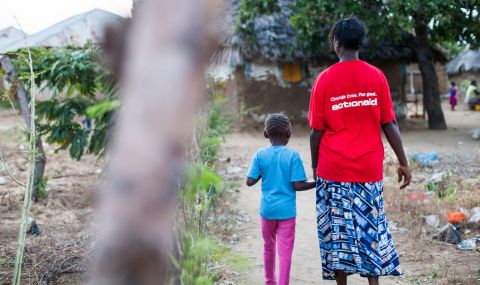
ActionAid supports survivors of sexual harassment and abuse .
Sexual harassment, marginalisation and poverty
Marginalised women and girls often face additional discrimination based on factors such as race, caste, age, sexual orientation, occupation, migrant status or disability.
For instance, women and girls from poorer economic backgrounds may face additional risks/vulnerability in their day to day lives – for example girls walking long distances to and from school might be at additional risk of assault or abuse, or women in low-wage, insecure work may have limited protections from workplace harassment.
The impact of sexual harassment may additionally further entrench poverty – physical and psychological harassment can cause women to miss days of work, deter them from pursuing additional opportunities, or even lead to women leaving work, whilst girls may miss days of school or even stop pursuing education.6
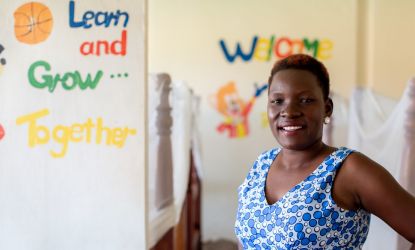
Tackling sexual harassment and violence in communities
Alice, 31, is a Psychological Support Officer at an ActionAid shelter for survivors of violence in Gulu, Uganda.
She gives tailored counselling to survivors of violence, makes them feel at home in the shelter, and carries out preventative work in communities, including education about women and girls’ rights, radio talk shows, reaching out to community leaders when resettling survivors and giving out information about what to do if a woman or girls has their rights violated.
Alice’s own experiences of sexual harassment in her day to day life, such as catcalling, make her passionate about her work, and supporting women and girls.
She is determined to challenge the global patriarchal norms and power imbalances that condone this behaviour, and underpin all violence against women and girls.
Alice says what keeps her strong is her family background, her experience of seeing girls abused, and her belief that girls are every bit as good as boys.
Karin Schermbrucker/ActionAid
What ActionAid does to end sexual harassment
Across some of the world's poorest countries, our girls' clubs and forums are helping girls to learn about their rights, to develop leadership skills and to take control over their own bodies.
Our ActionAid-funded women's networks prevent and respond to violence against women, helping women and girls to get justice for sexual abuse.
We also give counselling and emotional support to survivors of violence, so that women can heal and rebuild their lives.
We are training government officials, police, health workers and legal advisers how to best protect girls.
And our Safe Cities campaign has taken the fight for bodily integrity to city streets around the world.
From the urban transport routes of Vietnam to the university campuses of Liberia, we've been campaigning to ensure cities are a safe, practical place for women.
Footnotes
- 1https://rapecrisis.org.uk/get-help/looking-for-information/what-is-sexual-violence/other-kinds-of-sexual-violence/what-is-sexual-harassment/
- 1https://www.actionaid.org.uk/blog/news/2019/01/29/girls-worry-about-sexual-harassment-every-day
- 2https://www.actionaid.org.uk/blog/2019/01/29/girls-worry-about-sexual-harassment-every-day
- 22
- 3https://www.actionaid.org.uk/latest-news/women-say-reporting-sexual-harassment-pointless
- 4https://www.actionaid.org.uk/sites/default/files/publications/safe_cities_for_women_may_2016.pdf?
- 4https://www.actionaid.org.uk/sites/default/files/publications/safe_cities_for_women_may_2016.pdf
Page updated 10 February 2025
